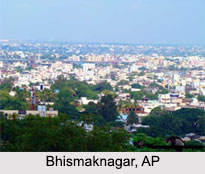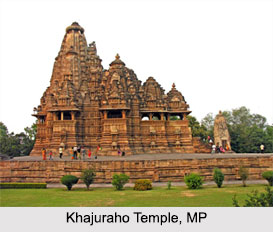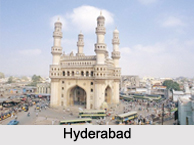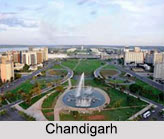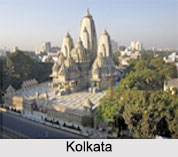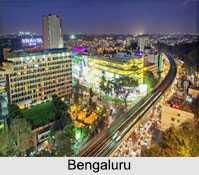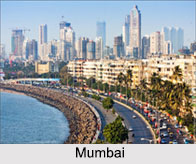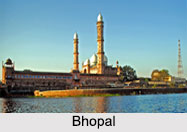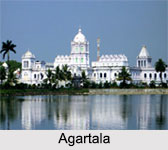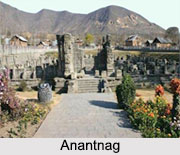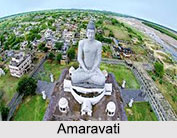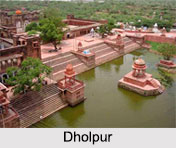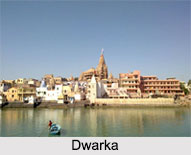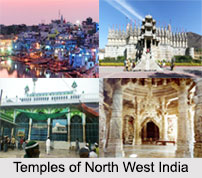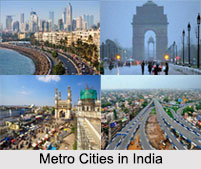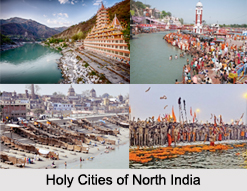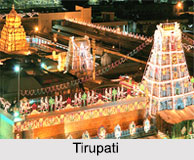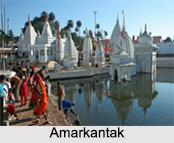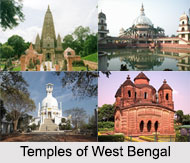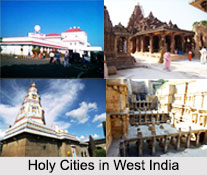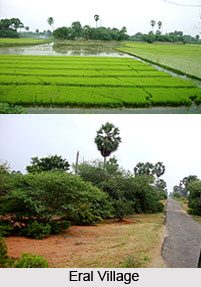 Eral is a city in the Thoothukudi District of Tamil Nadu in India. Srivaikuntam is located in the east at a distance of 9 km and Nazareth is located in the north at a distance of 8 km. Eral is situated 37 km from Tirunelveli and 5 km from Sayarpuram. The nearest major railway station to Eral is Tiruchendur which is at a distance of 10.7 km. The nearest airport is at Madurai which is at a distance of 134 km. It is located between 8.63 degree North latitude and 78.02 degree East longitude at a height of 13m above sea level. The closest tourism destination to Eral is Thiruchendur. Other nearby tourism destinations includes Tuticorin, Manapad Point and Tirunelveli.
Eral is a city in the Thoothukudi District of Tamil Nadu in India. Srivaikuntam is located in the east at a distance of 9 km and Nazareth is located in the north at a distance of 8 km. Eral is situated 37 km from Tirunelveli and 5 km from Sayarpuram. The nearest major railway station to Eral is Tiruchendur which is at a distance of 10.7 km. The nearest airport is at Madurai which is at a distance of 134 km. It is located between 8.63 degree North latitude and 78.02 degree East longitude at a height of 13m above sea level. The closest tourism destination to Eral is Thiruchendur. Other nearby tourism destinations includes Tuticorin, Manapad Point and Tirunelveli.
Geography of Eral
Eral is bounded by the Thamirabarani River in the south, the Thamirabarani canal in the north which is close to Siruthonda Nalloor Village, the village of Kottaikkadu to the west and the village of Vazhavallan to the east. The nearest pivotal towns are: Thiruvaikundam at 19 km, Tiruchendur at 19 km, Tuticorin at 26 km, Tirunelveli at 46 km and Kanyakumari at 86 km.
Demographics of Eral
As of the 2001 India census report, Eral had a small population of 9284 inhabitants. Males constitute 49 % of the population while females constitute 51% of the population. In Eral, 11% of the population is less than six years of age. Eral has an average literacy rate of 81%. This is much higher than the national average literacy rate of 59.5%.
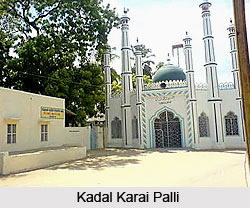 The male literacy rate is 84% and the female literacy rate is 78%. Eral is a town which consists of many schools. A government library is functioning near Gandhi Statue.
The male literacy rate is 84% and the female literacy rate is 78%. Eral is a town which consists of many schools. A government library is functioning near Gandhi Statue.
Economy of Eral
Eral is evolving as one of the main business centers of Thoothukudi District and function as a commercial hub. There is well designed Bazaar, with a neat, straight and narrow road approximately 1.5 km long with about a thousand shops on either side. The nearby village peoples are the major source for all the business. These people rely on agriculture as their source of income. The transport facility is yet to be improved to accelerate the economic growth of the city.
Culture of Eral
Eral is religiously neutral. Hindus, Muslims and Christians live peacefully. The special feature is that the temple, mosque and church are located approximately within 0.5 sqkm. Devi Naddathi Amman Temple, Sowkkai Amman Temple, Muthumalai Amman temple, Sivan temple are the few famous temples located in and around Eral. Soosai Apper temple and Sowkkai Amman temples are facing each other and located at the center of the town. These are main landmarks in this town. The Vaishnavite center of Alwar Tirunagari Temple is just 8 km from Eral and Tirchendur, one of the six abodes of Lord Muruga, is 16 km south of Eral. Kurumbur, famous for Adi Narayana Temple, is also located in the vicinity. Kadal Karai Palli (the first mosque of the town) and Kutba Periya Palli at Kayalpatnam are two important mosques of this town.
